
September 5, 2016
Recently we announced that ANU students Cherry Zheng and Matthew Goh had won the Trawalla Foundation–Weizmann Australia scholarship to attend the 2016 Weizmann Institute of Science International Summer Science Institute (ISSI) in Israel. They have now returned from their trip inspired and resolute to commit to science as a career.
Based at the Weizmann campus in Rehovot, Cherry and Matthew not only met and worked with Weizmann’s world leading scientists, they also the opportunity to learn more of Israel, visiting, among other places, Jerusalem, Tel Aviv and the Negev. Here’s what they said about their experience accompanied by some great photos to illustrate:
Who would have thought that within a year of graduating from high school, it would be possible to undertake scientific research on the opposite side of the world?
This year, the Weizmann Institute’s summer science program invited 80 high school graduates from sixteen countries to Israel. Each of us were matched with a cutting-edge project based on our expressed interests. We were fortunate enough to be the two participants selected from Australia. If you’ve ever wondered just what ‘research’ is, this was the ideal taster – the projects on offer were diverse and fascinating.
Cherry: With a partner from the United States, I studied a forest beside Israel’s Negev desert, on the brink of such a forest’s habitable zone. Our project aimed to develop a new method of estimating NDVI (Normalised Difference Vegetation Index), with implications relating to desertification, plant adaptation and climate change. I worked under the guidance of PhD students – familiarising myself with the theory, assisting with field work, and analysing two hundred thousand rows of data.
Matt: My research gave me thorough experience in the realm of condensed matter physics – working alongside a Brazilian participant in the Weizmann Atomic Scale Physics labs, I studied a range of theoretical and practical aspects of imaging methods in condensed matter systems. My project was primarily concerned with scanning tunnelling microscopy, an atomic-scale imaging method that relies upon the bizarre phenomenon of quantum tunnelling. We built a DAC-ADC signal processing unit for use in the lab, and studied its applications – ranging from digitisation of tunnelling current to the manipulation of exotic quasiparticles for quantum computation.
Everyone’s experience was different – the average day could be spent pipetting, programming, or playing with instruments we’d never heard of. The final product was a scientific report and a day of student seminars, where esoteric-sounding project titles and weeks of intense work were elucidated in the space of minutes.
But the program wasn’t only science, despite its name. We worked hard and played harder – exploring Galilee, Jerusalem and the desert; swimming, snorkelling and sleeping under the stars. Each day was stretched into two for all that was crammed into it. Yet, despite being constantly sleep-deprived, dehydrated, hungry and dirty, we were having the time of our lives. In particular, the final desert trip was a highlight. Rising early every morning, we scaled rocky slopes and waded through desert streams, all for the reward of the final breathtaking view. The solitude was a far cry from the crush of Jerusalem and Tel Aviv – we carried away no souvenirs but camera shots, tightened friendships and tired feet.
In short, the ISSI cohort was about as far away as one could imagine from a band of stereotypical science nerds. Among our group were talented athletes and Ivy-League-bound musicians; we were overwhelmingly diverse and flavoured by a whirlwind of accents. By the end of the program, the promise of long-distance friendships was the silver lining to our tearful goodbyes. The experience has truly shaped our futures:
Matt: As someone more concerned with the practical applications of science, I was never sure if a career in research science would be right for me. The hands-on experience in the condensed matter labs at the Weizmann Institute made me realise that my passion for scientific research is real enough to turn into a lifelong dedication – something I would not have been comfortable doing without this early experience. I now intend to pursue a research career in applied physics, rather than skirting the line between physics and engineering as I previously intended to.
Cherry: This experience has essentially convinced me not to leave science behind. Throughout my academic life, my friends, teachers and family have pushed me towards the humanities, but I have never been able to let go of the sense of wonder and discovery that comes with studying science. I now believe I have found an interdisciplinary niche in the environmental sciences, in which I can pursue not only the ‘hard’ science of qualitative research — remote sensing, modelling climate systems and more — but also the human dimensions of policy, development and international security.
If you couldn’t tell already, we can’t recommend this program enough. This experience will inform our university and career decisions for a long time to come. In addition, from the cultural melting pot of ISSI, we came away with a globe-spanning web of friends and 70-odd second homes. We extend our deepest thanks to Weizmann Australia, the Weizmann Institute of Science and the Trawalla Foundation for making this incredible opportunity possible.
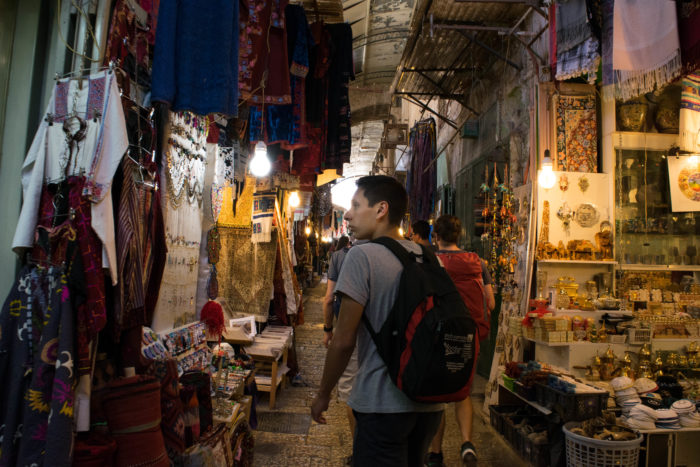
Visting the markets in the Old City of Jerusalem

Ibexes near Masada

Hiking in Makhtesh Ramon

Hiking in Makhtesh Ramon

Hiking in Makhtesh Ramon


The Baha'i Gardens in Haifa
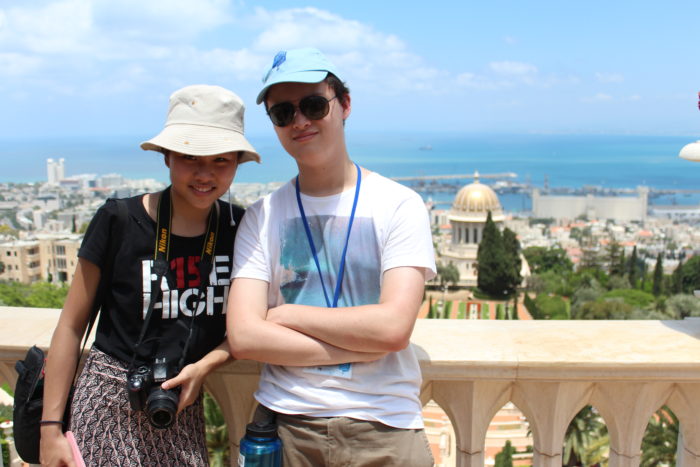
The Baha'i Gardens in Haifa
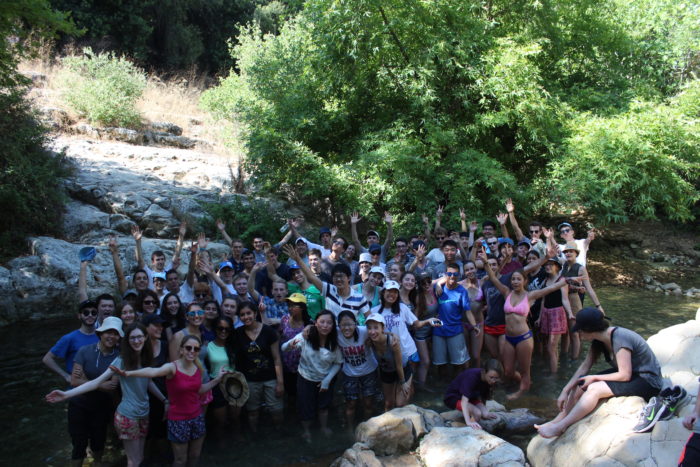
Hiking in Galilee

Lab work in the Weizmann Atomic Scale Physics labs

Representing Australia at the Weizmann Institute
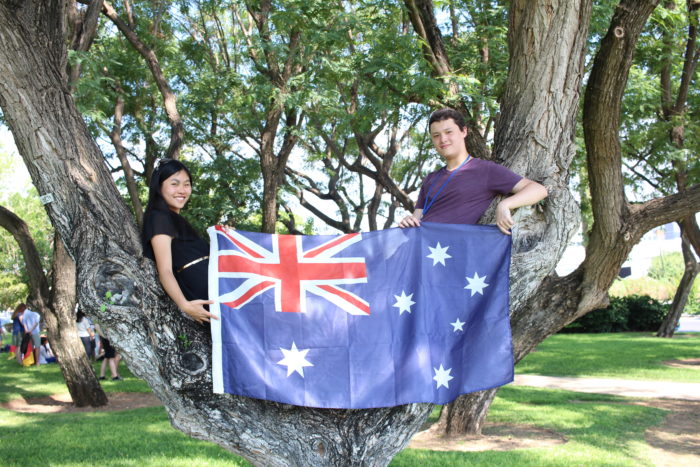
Representing Australia at the Weizmann Institute

Building the DAC-ADC for the Condensed Matter labs
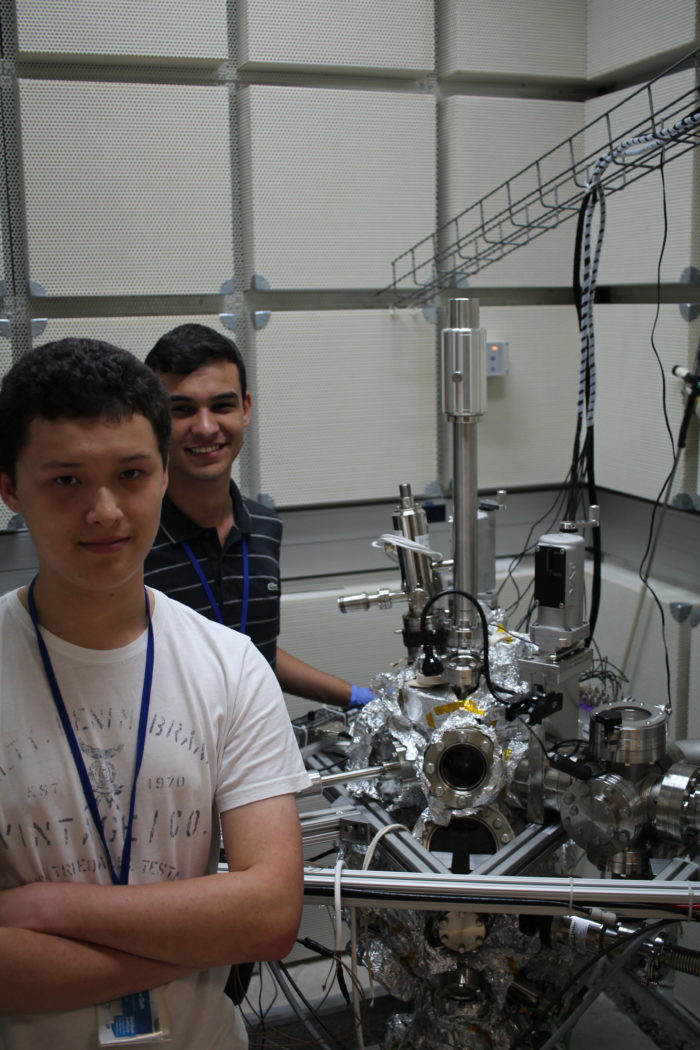
Scanning-tunnelling microscope at the WASP labs

Matt (front) at Scanning-tunnelling microscope at the WASP labs with Rafael Carlos his lab partner (rt) and mentors Weizmann PhD students Noam Morali and Jonathan Reiner

Visiting the Western Wall

Exploring aquifer caves near Jerusalem

Sunrise on Mount Masada






